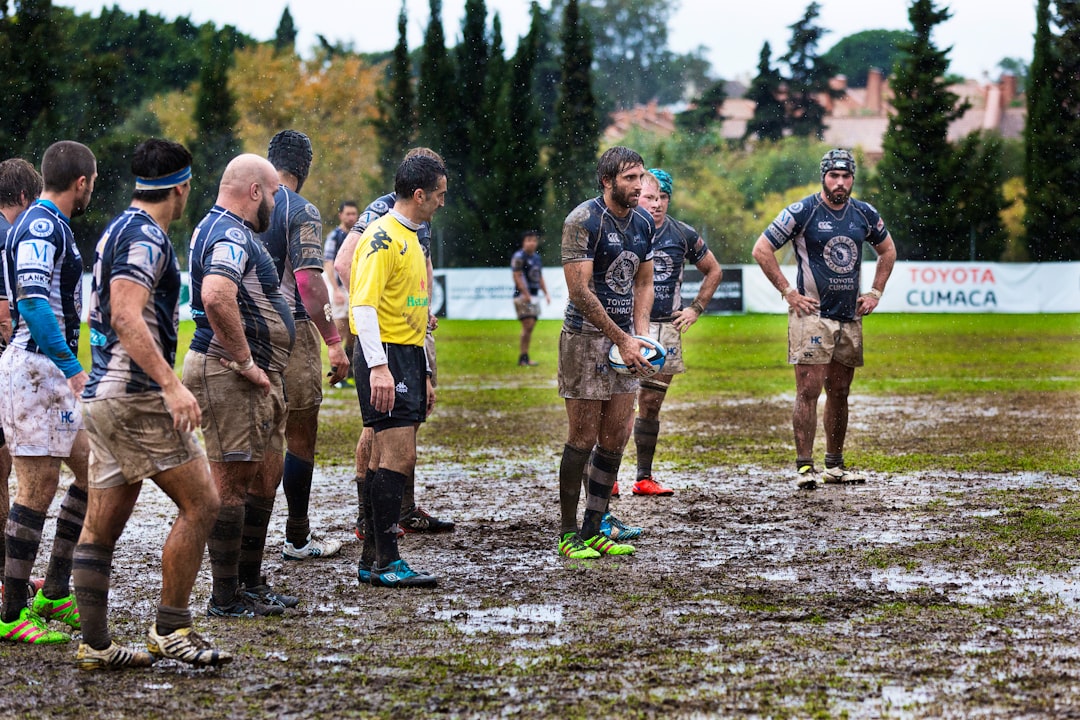
Indonesia has a strong national education system comprising of private and public schooling segments.
Indonesia has a unique private schooling segment which contributes about 35% to the total number of schools in Indonesia. This segment mainly consists of Madrasah and Pondok Pesantren, which come under the Ministry of Religious Affairs (MoRA), while public schools come under Ministry of Education and Culture (MoEC). There is a much smaller and nascent sub-segment of private International schools, currently restricted to urban Java region. Madrasahs and Pesantren preexist public schools. They are both historic, culturally rooted and widely spread across the vast geography of Indonesia. Recognizing historical association of community-based educational institutions such as Madrasahs and Pesantren, the Education Law (Act 20/2003) of Indonesia states that the communities have the right to provide education, which is aligned with the social and cultural norms of the community.
Collectively, private Madrasahs and Pesantren contribute about 18% to total enrollments at primary level.
Pesantren alone hold about a 7% share of total private school enrollments. The Agency for Research and
Development, a part of MoEC, observes that in addition to their sizeable share in enrollments, Madrasahs
and Pondok Pesantren also contribute to meeting the UN Human Development Index targets and district
Minimum Service Standards (MSS).



